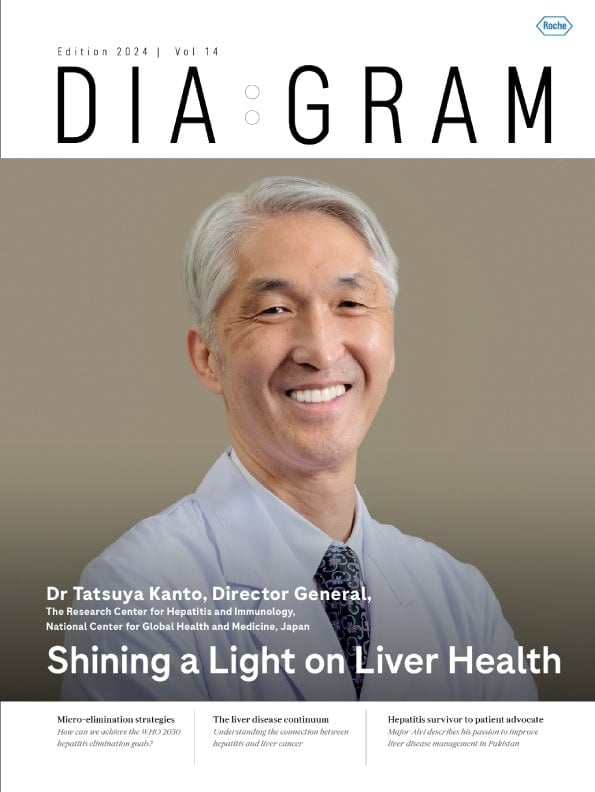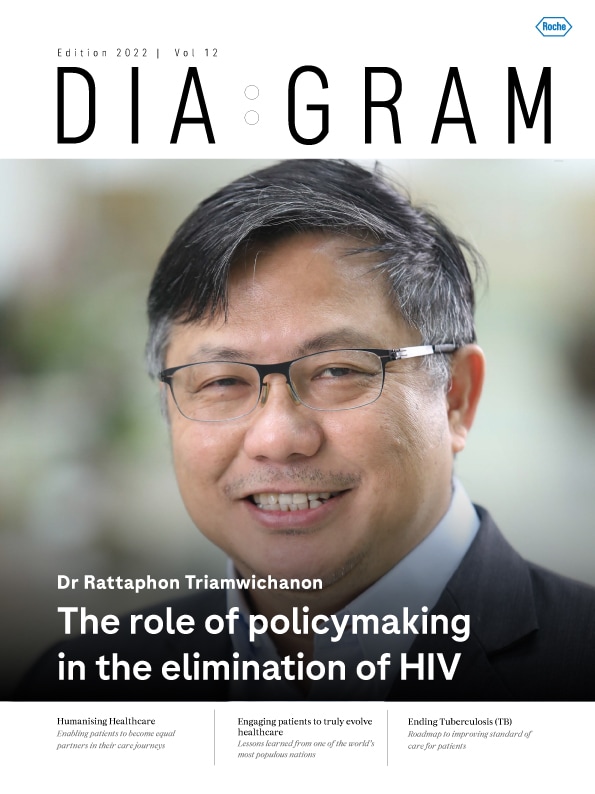At the World Health Assembly in 2016, 194 member states voted to adopt the first ever Global Viral Hepatitis Strategy, signalling the greatest global commitment in the fight against viral hepatitis to date.1
This was a major boost to Pakistan’s efforts, as the country has among the world’s highest hepatitis burden. There are approximately, five million and 10 million people living with hepatitis B and C respectively, with thousands of new patients added every year.2 The lack of prevention, testing and treatment resources as well as inadequately screened blood transfusion, improperly sterilised invasive medical devices and injections are some contributing factors.
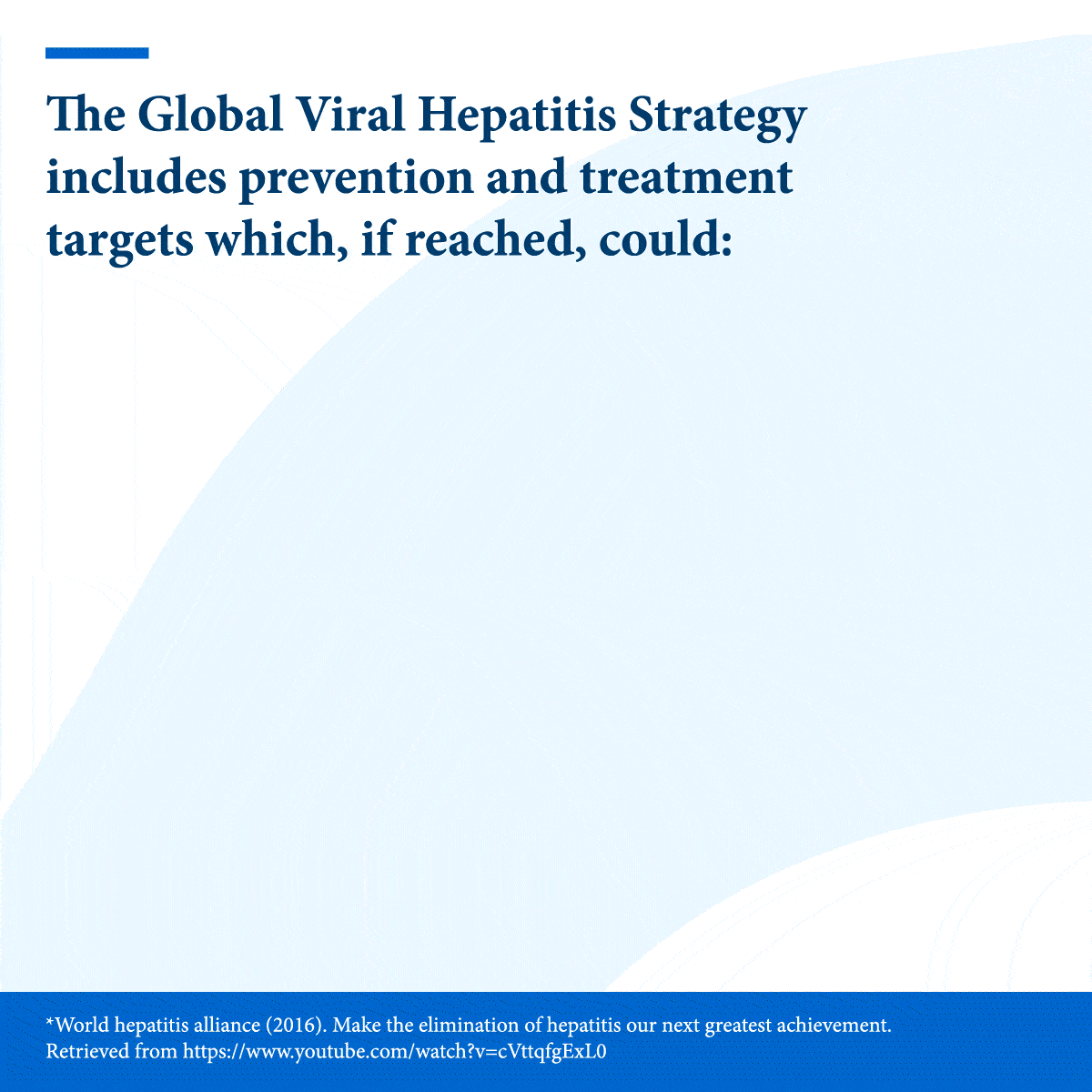
National Efforts to Prevent Hepatitis C
While several hepatitis C virus (HCV) control measures, like HCV screening programmes, have been initiated by the national government and provincial authorities over the past few decades, many were ultimately deprioritised for various reasons. As a result, there is no national screening programme in place today.
To curb the huge disease burden, in 2019, Prime Minister Imran Khan announced a new ambitious plan to eliminate viral hepatitis B and C infections in the country by 2030.3 This has since been delayed by COVID-19.
Yet, even as attention from Pakistani health authorities has shifted to the pandemic, HCV-related conditions—such as decompensated cirrhosis and hepatocellular carcinoma — still kill high numbers of people; in some cases more people in an average day than the SARS-CoV-2 virus.4
Finding “the Missing Millions”
Dr Zaigham Abbas, Head of Gastroenterology at Ziauddin University Hospital, Clifton Karachi, Pakistan, who plays an active part in Pakistan’s hepatitis elimination efforts, cites inadequate screening as a major factor. “We are not really able to find the missing millions — people who are the source of infection,” he says. “This continues to be a problem, and the current pandemic will only exacerbate it.”5
Dr Abbas, who also serves as the President of Pakistan Society for the Study of Liver Diseases (PSSLD), believes a comprehensive, population-wide screening programme, one that can identify people who require treatment, could greatly aid national efforts. It is a view he also shares in his article in The Lancet Global Health.
In Pakistan, hepatitis control has so far remained a low political priority, with poor implementation of health-related policies and government-sponsored treatment programmes. There is an urgent need for a central decision body to set guidelines and recommendations that can simplify the treatment pathway and, with the education and recruitment of non-specialists, facilitate the mass screening and treatment effort of all hepatitis viruses.
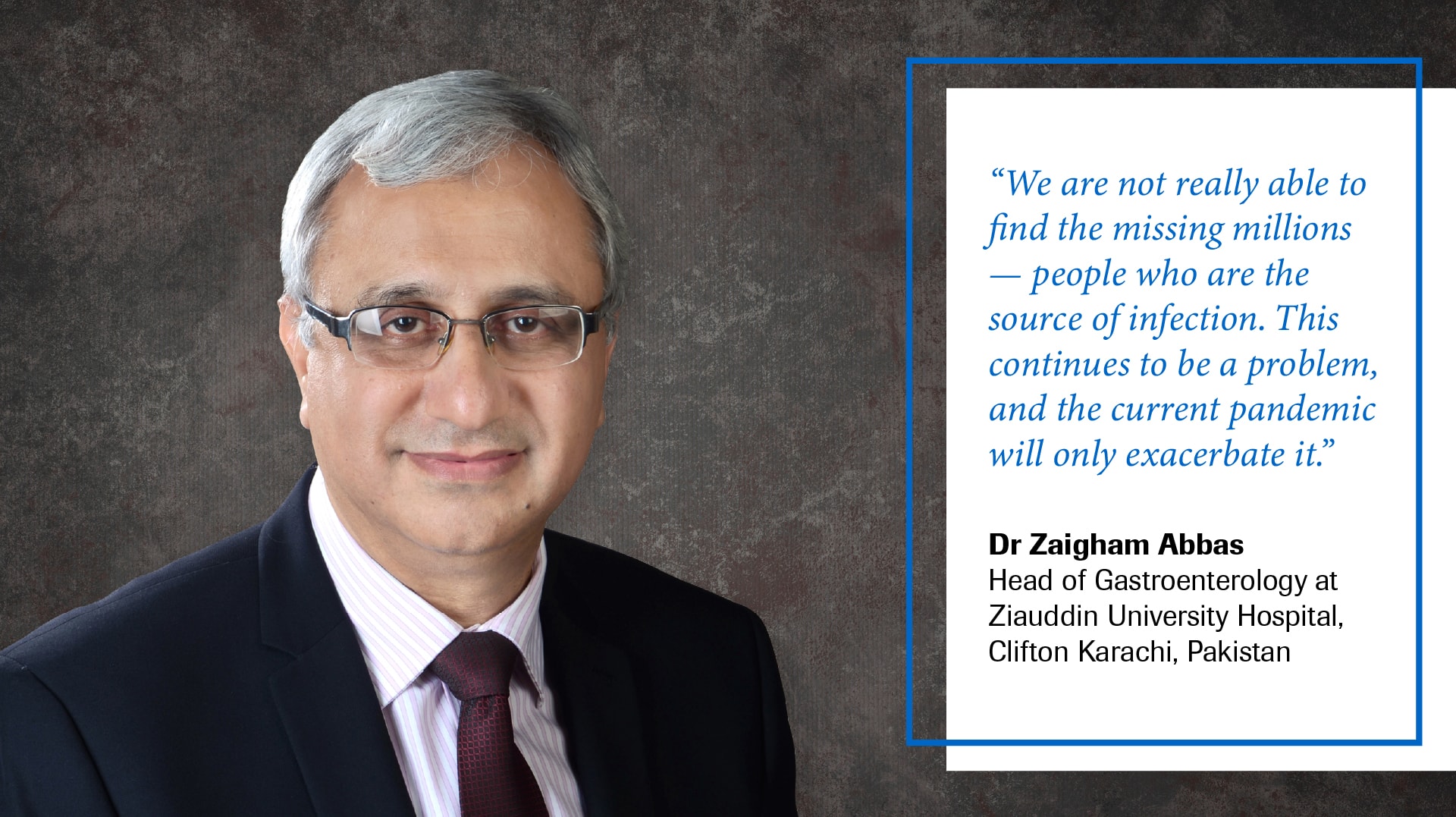
The Baseline for Successful Hepatitis C Control
At present, HCV screening takes place primarily in gastroenterology clinics during patient visits, in blood banks for donors, and as part of employment requirements. Non-governmental organisations are also carrying out ‘micro-elimination’ campaigns, some of which involve doing point-of-care (POC) testing in high-prevalence areas.
Despite the barriers to the successful execution of hepatitis control, there are grounds for optimism. “The establishment of the National Blood Transfusion Authority in Pakistan has been a major development that addresses one of the biggest sources of infection in the country: contaminated blood units. Injection safety, another major concern for transmission, is also being addressed with the introduction of auto-disable syringes,” explains Dr Abbas.6
“All of these steps, together with the national hepatitis C control programme announced by the Prime Minister, lay a strong foundation for the road ahead.”
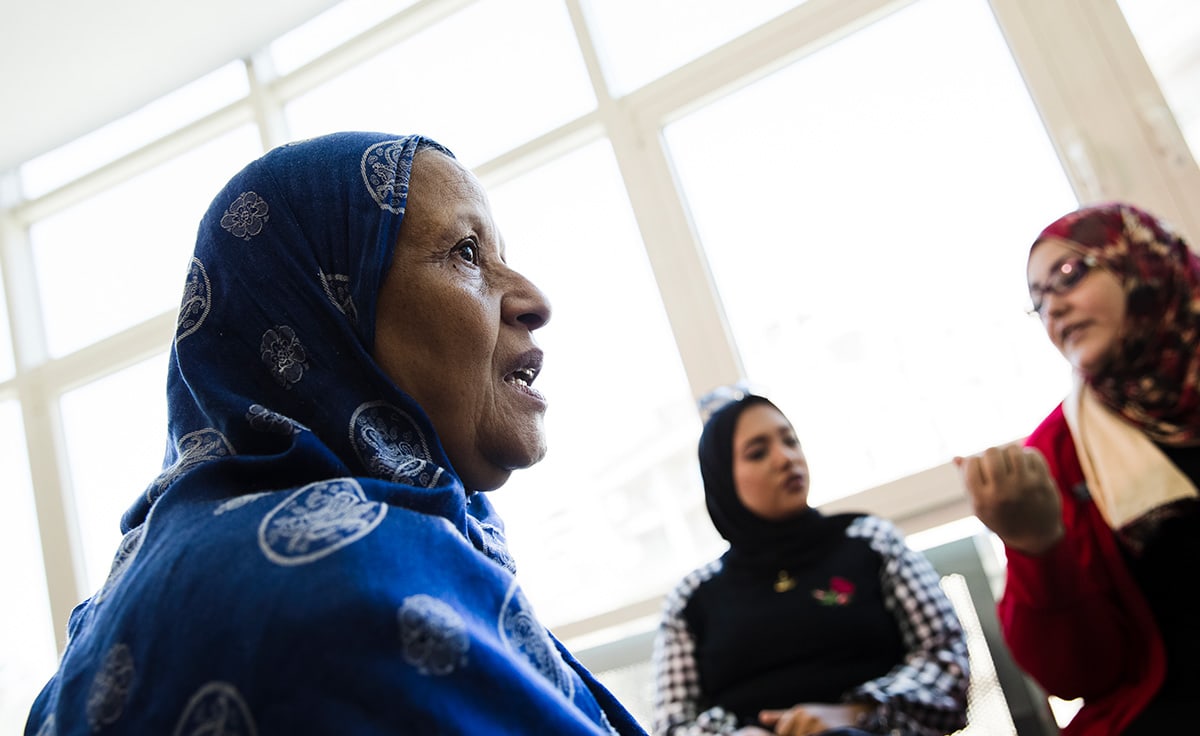
Pakistan’s hepatitis screening goals are ambitious, and could change the lives of millions.
Key Learnings from Pakistan
Drawing upon his experience in Pakistan and across Asia, Dr Abbas highlights four pillars for effective hepatitis elimination, all pertinent to health systems with similar socioeconomic environments.
- Government funding is crucial. “Political will is necessary and it is important for the medical community to make politicians and government authorities aware of the severity of the situation.”
- Develop robust cost-effectiveness models. “If you can, screen and link patients to treatment and preventive measures; this is cost-effective and will reduce overall healthcare expenditure in the long-run.”
- Improve workforce training. “Societies are making efforts to train family and primary care physicians on how to properly diagnose and treat patients. We also need to concentrate on training laboratory personnel in how to handle equipment.”
- Consider ‘micro-elimination’ strategies. “Identify pockets of high prevalence and assess those pockets for factors leading to high prevalence of hepatitis. Some of these programmes concentrate on treatment and provide medicine to those who do not have access.”
References:
1World hepatitis alliance (2016). Make the elimination of hepatitis our next greatest achievement. Retrieved from https://www.youtube.com/watch?v=cVttqfgExL0
2World Health Organization (2019). 15 million people affected with hepatitis B and C in Pakistan: Government announces ambitious plan to eliminate hepatitis Retrieved from https://www.who.int/hepatitis/news-events/pakistan-hepatitis-elimination-plan/en/
3Ibid.
4Lab Insights (2021). HCV elimination in Pakistan: insights from Dr Zaigham Abbas. Retrieved from https://www.labinsights.com/get-inspired/content/hcv-elimination-pakistan-insights-dr-zaigham-abbas%3FcLangCode%3DEnglish
5Ibid.
6The Lancet Global Health (2020). The cost of eliminating hepatitis C in Pakistan. Retrieved from https://www.thelancet.com/journals/langlo/article/PIIS2214-109X(20)30036-X/fulltext

